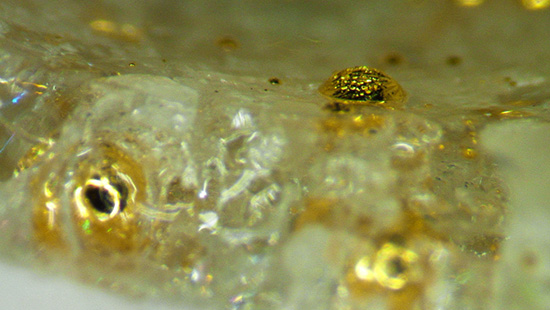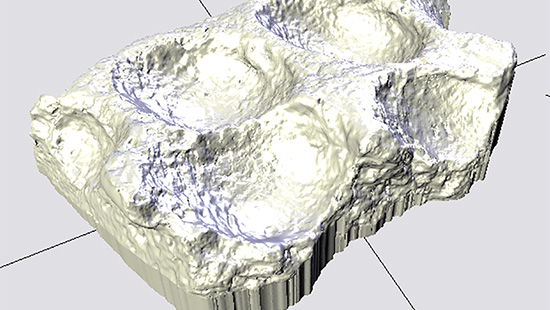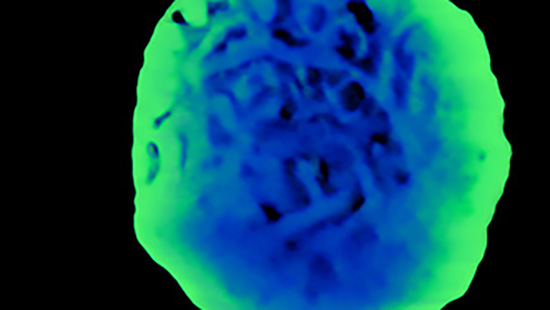
The Process of Refinement
The gold refining process evidenced by the crucibles found in Tadmekka involved first mixing a panned gold sediment with glass cullet, likely recycled from broken glass vessels or beads, then melting the mixture at high temperatures. The crushed glass used by the metalworkers in the refining process acted as a molten “bath,” leading to the mineral particles being separated from the gold dust, thereby leaving the refined gold. This process of refinement has been replicated in our lab, using gold powder, sand, and finely crushed glass, to demonstrate its efficacy. After the firing process, a gold button formed at the bottom of a crucible. Succeeding in reconstructing this gold extraction procedure through experimental archaeological work represents a major contribution to the study of early gold metallurgy within the trans-Saharan trade and within gold metallurgy on a global scale.


